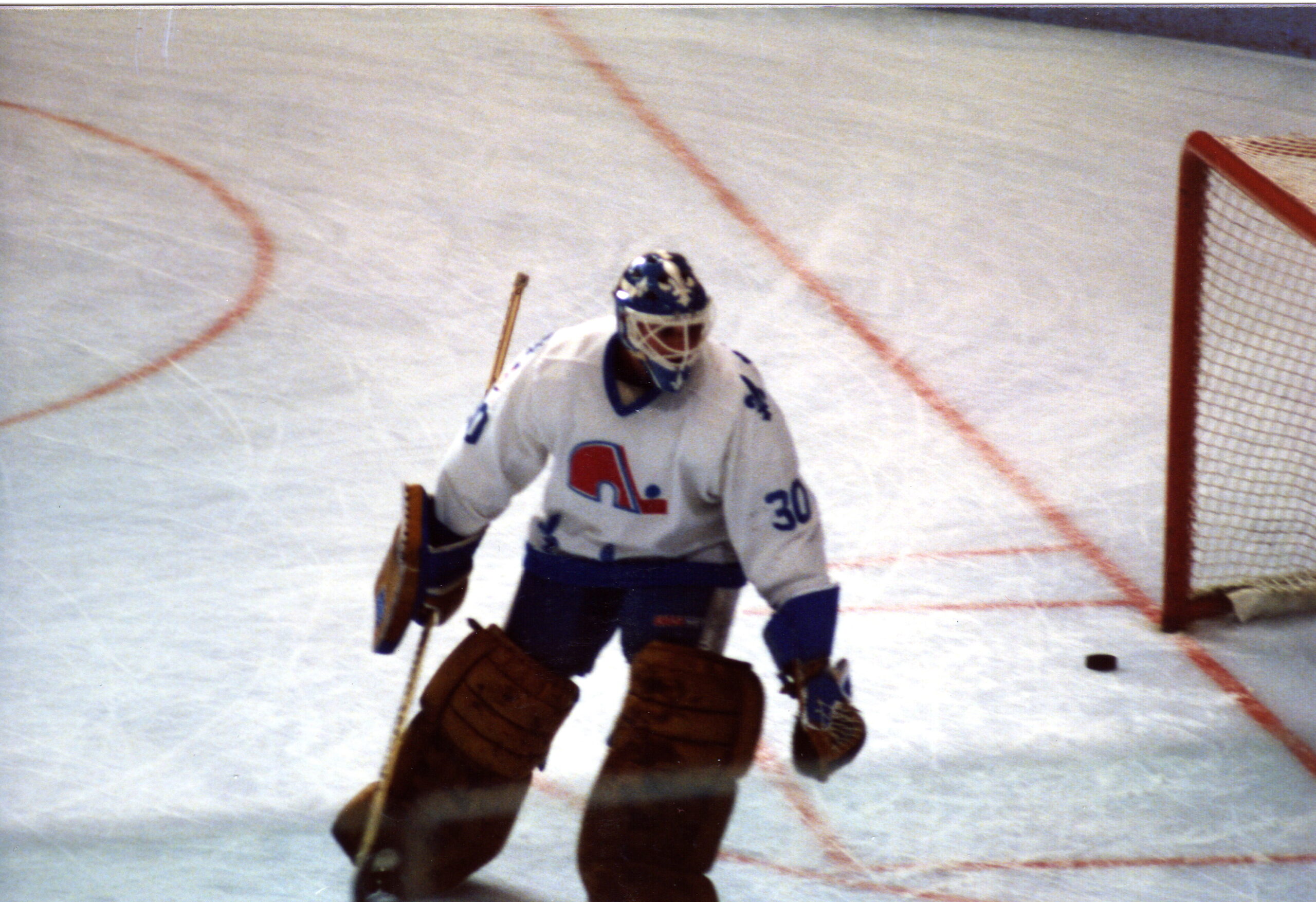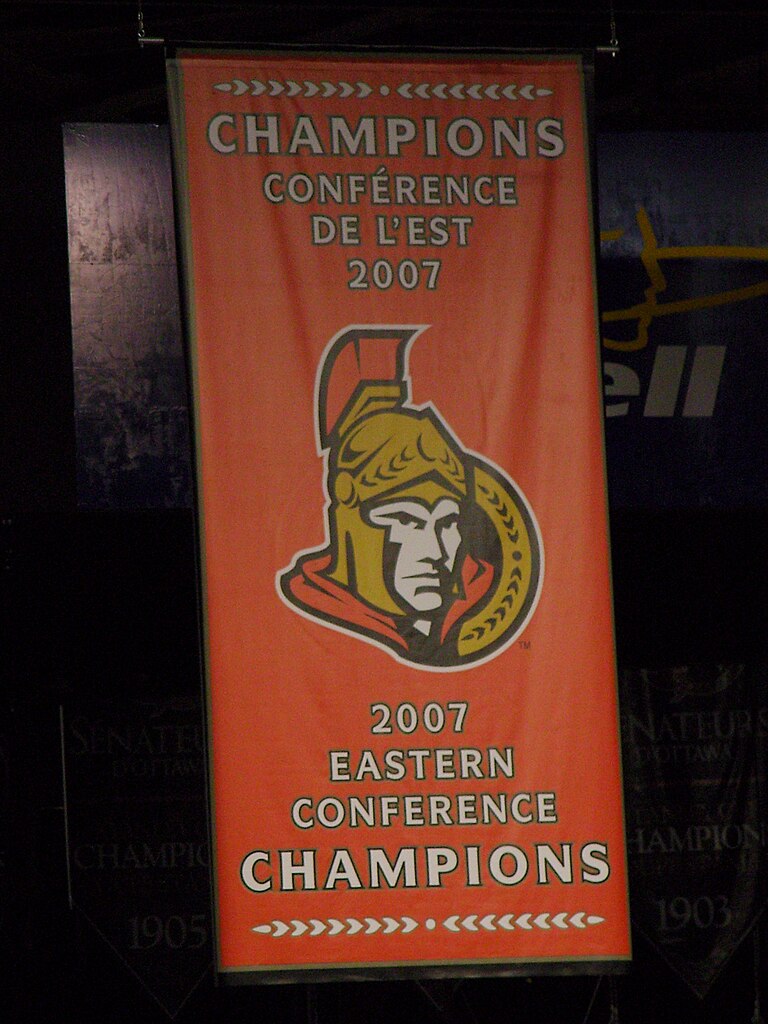It’s fair to say that anyone who has ever coached, led, or managed has talked about trust. Trust is the essence of leadership – without it, it is hard for others to follow you or listen to you. Quite frankly, it’s just about impossible to truly influence and lead if others don’t trust in you. This is no different in hockey.
But trust isn’t just given because you want it, or because you think you deserve it. Trust, like most things worthwhile, is earned from the ground up. But how do you build trust? Is it as simple as saying “I trust you so you should trust me, too”? Or is there more to it…If you ask me, there’s a lot more to it.
The Building Blocks of Trust
People, I believe, are hard-wired to want to trust others. We meet people and generally look to find something in common with them, in an effort to relate to them somehow. Subconsciously, we’re vetting the other person to find out if we can trust them.
Imagine you’re traveling through a foreign country and you meet someone random on a train. This person speaks a different language but is from and lives in the country you’re visiting and provides different recommendations on what to do and where to go. Now imagine you meet someone else on the train, they’re not from this country you’re visiting but they live in the same city you do back home. They’re just ending their 10-day trip in this country and also provide different recommendations on what to do and where to go. Whose input do you value more? Whose recommendations are you more likely to follow?
This comes down to trust. Although you may believe the recommendations of the local, you may not have been able to establish much in common with them. So you’re left a little weary that the food you like is different than they food “they” like. The things they think are cool to see are different than what you think would be cool to see. Now compare that to the other person you met who was visiting but from your city. You didn’t have to establish anything in common with them, you already shared enough. So immediately – you trusted them. Their recommendations mean more because they established credibility with you.
Credibility, Follow-Through, & Trust
Trust is borne from credibility. Credibility is established with follow through. Follow through builds trust. It’s one big loop. Let’s dive into this.
Credibility is defined as “the quality of being trusted and believed in.” The word trust is literally in the definition. So as leaders, we must build credibility with those we want to trust us. Being credible will allow us to build more and more trust over time. How do we build credibility? With follow through.
Follow through is defined as “continuing an action or task to its conclusion.” It’s actually that simple. Follow through is exactly what it sounds like: just doing something to completion, until its done. Making sure to complete whatever you were asked, or even simpler, that you said you were going to (if no one asked you).
Applying the Trust Loop in Hockey
Let’s get into a tangible example of how this could occur within a team or organization, at any level. You’re the new assistant coach of a high school team with players who are competitive for their age and driven to get to the next level. You’ve spent time coaching similar aged and older players before in tournaments and skill sessions, so you’re comfortable with this age group. But you’ve never coached for a full season before as you just finished your playing career. You are eager to build trust with them and quite honestly, they’re eager to trust you too.
Your class of five seniors are all interested in playing hockey post high school. Whether that’s in juniors or college, they’re all hoping to advance and continue their careers. In their minds, it’s your job to help them get there. You played at those levels and they look up to you inherently. Like we talked about earlier with the example of traveling abroad, these players are looking for a reason to trust you.
Lending a Hand Consistently
So you need to build trust with these players over the course of the season. We know that means you need to be credible and have follow through. These seniors come to you frequently throughout the pre-season to ask if they can watch film with you and see what they were doing last year that could be improved upon. You always take them up on their request, spending time watching film and giving pointers.
Then they come to you once games have started and ask what they should be doing off the ice to prepare themselves for multiple practices and games in a week. You provide insight into how they can properly prepare with sleep, nutrition and anything else you know enough to talk about. Finally, towards the end of the year they’re asking you about next steps. Is junior hockey a good idea? What leagues should they play in? Are they ready to make the jump to college without juniors? The questions are flooding in – they trust you.
Follow-Through
What this hypothetical coach has done throughout the year is shown follow through and credibility every step of the way. From the pre-season film sessions, to the in-season chats about preparation, he showed his players that he will follow through on what’s asked of him while also being credible. The suggestions he makes are genuine and have substance. The seniors’ play improved as a result of his advice and guidance. They witnessed themselves and their teammates get better through their coach’s words and insight. He made an impact on them, building trust by simply following through and being credible. It’s not easy, but it is simple. There’s a big difference between the two.
Closing the Trust Loop in Hockey
We all want to build more trust and influence those we lead. We hope to have an outsized impact in our time working with those we’re entrusted to lead. While there are multiple ways to build trust, I believe credibility and follow through to be paramount. I’ve had the opportunity to witness this both as a player and coach, and the best leaders are ones who exhibit these traits everyday.
And a note on what happens when we fall short. Any time we fail to do these things, we chip away at the foundation already there. Imagine it’s the foundation of a house. One chip doesn’t mean the whole house will fall down, but a lot of chips over time will likely crack the foundation. Enough cracks over enough years and we’ve got a house that falls apart. Now it has to be rebuilt. Rebuilding takes time, is expensive, and there’s no way to guarantee that the new house will actually be any more comfortable, nice or enjoyable than the old one. There are too many scenarios where leadership falls short and these cracks develop. So be honest with ourselves, recognize when we fall short, and don’t let the cracks accumulate. Simple, not easy.
Post image attribution: By Kenneth C. Zirkel, CC BY-SA 4.0 https://creativecommons.org/licenses/by-sa/4.0, via Wikimedia Commons




